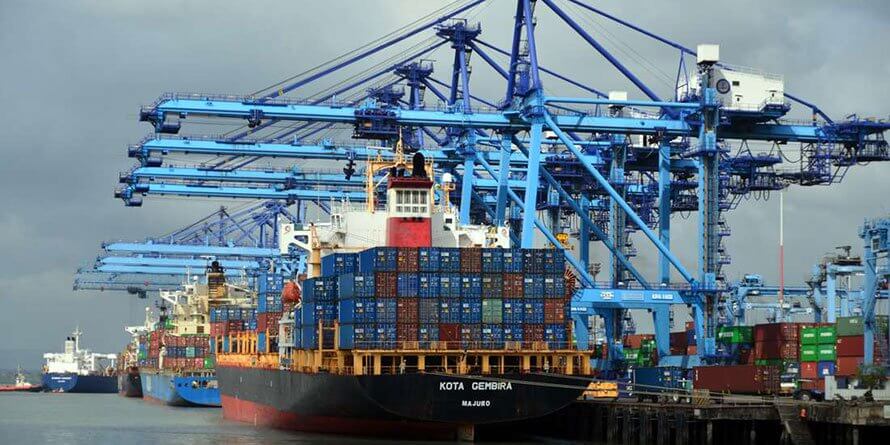
Our Projects are
Transforming African Trade
Quick Contacts
2nd Floor, Fidelity Insurance Centre Waiyaki Way, Westlands

Pressure on the Kenyan shilling against the US dollar is seen persisting for the remainder of the year, economists have forecast, keeping the cost of goods high in a net import economy.
The shilling has persistently exchanged above 108 units against the greenback since August 6, and analysts at UK-based research firm Capital Economics see it exchanging between current levels and 110 units until the end of the year.
They say the country’s heavy reliance on “less stable” forms of external financing such as diaspora remittances for foreign exchange reserves presents a major risk to the shilling.
Diaspora inflows grew by just 0.86 percent in the first half of 2020 to $1.46 billion, Central Bank of Kenya data shows.
“Kenya’s dependence on less stable forms of external financing is a cause for concern,” Virág Fórizs, Capital Economics’ economist for Africa, wrote in a note on Tuesday.
Parliamentary Budget Office – a unit which advises lawmakers on financial and budgetary matters – last year also raised similar concerns, calling for increased focus on growing Foreign Direct Investment (FDI) flows as well as diversifying the country’s exports.
FDIs, seen as a relatively stable forex source, has remained relatively low at about $1.3 billion annually, or about 1.4 percent of gross domestic product (GDP), according to Ms Fórizs.
The volatile portfolio inflows, on the other hand, are estimated at $2.3 billion, or 2.3 percent of GDP, while investment flows classified as “others” hover around $4.4bn (4.4 percent of GDP).
Tourist receipts, Kenya’s second largest foreign exchange earner in 2019, dried out in the first half of the year due to coronavirus-induced travel restrictions.
“Admittedly, Kenya is one of the most vulnerable African economies to a downturn in the tourism industry as well as a decline in remittances inflows,” Ms Fórizs said.
“But, given that goods exports continued to hold up relatively well, we don’t think that these developments were sufficient to keep the current account position from narrowing.”
Read the original article
Disclaimer: The views and opinions expressed in this article are those of the authors and do not necessarily reflect the official policy or position of TradeMark Africa.